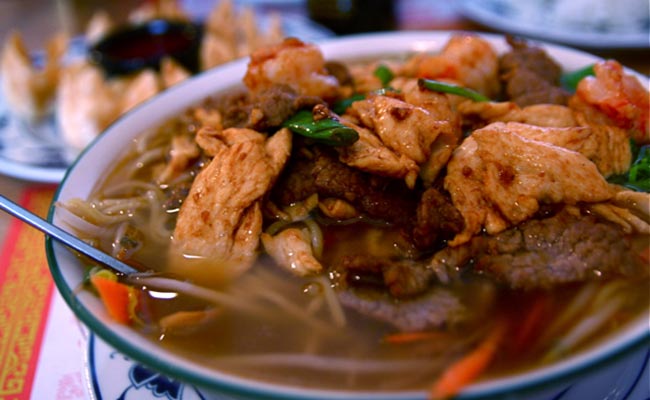Jen Lin Liu, author of Serve the People: A Stir-Fried Journey Through China and founder of Beijing’s Black Sesame Kitchen, knows more than most people about China’s seemingly endless variety of local and regional dishes, but even she is humbled by the topic: “You could live your whole life in China and not learn all there is to know about Chinese cusine.”
Liu shares with CKGSB Magazine her experience with five key regional Chinese cuisines, and with some of the star chefs. “For many of them, it’s not glamorous, it’s a way to make an honest living,” she says. “But I do feel that there is pride in what they do, and seeing how impressed foreigners are by their skills is an enormous pleasure (for them).” She doesn’t shy away from sampling some of the more exotic dishes China has to offer. “I’ve had fried grasshoppers and they’re not bad, they taste like popcorn, very light and crunchy.”
From lemongrass in Yunnan to the spices of Sichuan, each region has its unique ingredients, scents, tastes and textures. Liu gives us a crash course in each region’s approach to pleasing the palate.
Do It Yourself
“Know your ingredients; that makes it all a lot easier. Learn the things to stock your pantry with, the right soy sauce, the right vinegar, the right sesame oil,” says Liu. She reminds her students that preparing China’s most treasured treats isn’t the glitzy affair of Western cooking shows. “Keep in mind that it’s really hard work,” she says. For those not cut out for cooking, experiencing the thousands of dishes and cooking styles in restaurants is easily pleasure enough.
Xinjiang – Meat & Bread
Xinjiang is the vast northwest region of China. The cuisine, also known as Uyghur food, is predominantly Islamic and known for its roast meats, chiefly lamb and mutton, dairy products and dense breads. Liu recalls a trip with her husband to the Xinjiang city of Kashgar, where after fasting for the day in observance of Ramadan, they feasted on the delicacies of a street food vendor in the old quarter of the city. “They served these amazing baked lamb buns, almost like a bagel, flaked with lamb, delicious.” You can sample Xinjiang cuisine in most Chinese cities now thanks to the hand-pulled noodle establishments that are typically owned and operated by Uyghur migrants. The Islamic cuisine is now expanding its repertoire, however, and reconfiguring its scope to include higher-end joints. Xinjiang is no exception when it comes to different regions of China racing to elevate the status of their food.
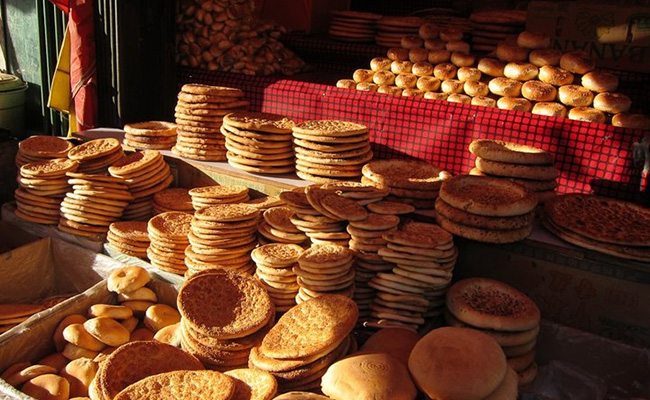
Guangdong – Style
Comfortably perched at the top of China’s food status ladder is Guangdong cuisine. The southern province represents China’s most sophisticated palate. “They’re known for preserving the authentic taste of the ingredient,” says Liu. Guangdong food is characterized by sautéed vegetables, steamy soups and grilled meats, such as pigeons cooked in rose wine, and exotic snacks, like fried insects. With roots in Cantonese cuisine, Liu recalls her grandmother boiling chicken in soup for hours upon end and making thick congee (porridge) brimming with chicken, pork and preserved egg. Liu admires Cantonese food for not smothering the ingredients in sauces and oil. “I think there is something to be said for teasing out the natural flavors of the ingredients,” she says. Guangdong food is a source of pride for the region’s people, but culinary patriotism is perhaps at its height in the zest-filled province of Sichuan.
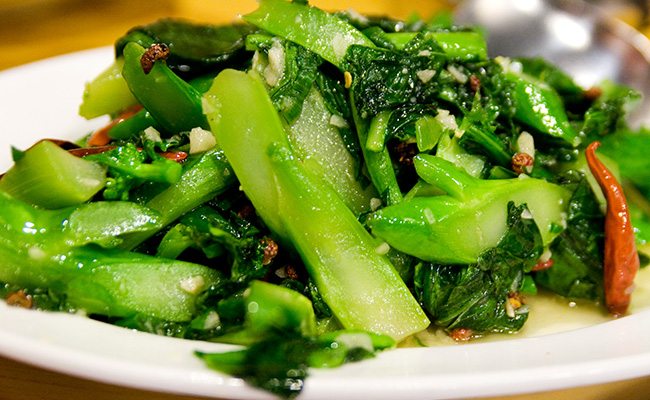
Yunnan – Up and Comer
Bordering Vietnam, Laos and Myanmar, Yunnan embodies a unique amalgamation of homegrown ingredients and taste sensibilities. “I like that it’s not what you would expect of Chinese food,” says Liu. “The spicy sour lemongrass flavor is really unusual.” Liu says the lemongrass works particularly well in conjunction with the region’s tasty pan-seared goat cheese.
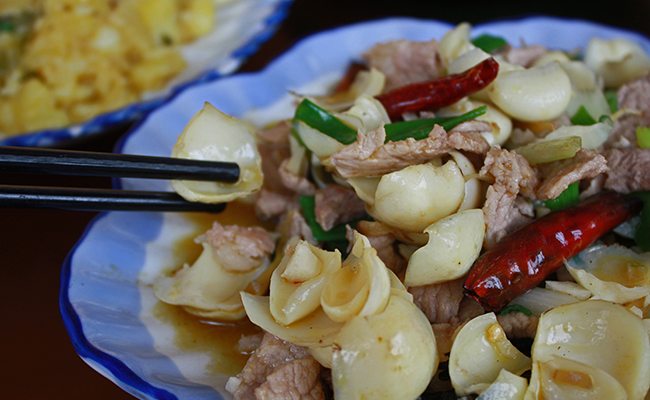
Dongbei – Hardy Stock
“Fancy” food is foregone in north-east China in favor of hardier comfort foods. Northern food, or Dongbei cuisine, comes from the region spanning Heilongjiang, Jilin and Liaoning provinces. The region is noted for its heavy meat dishes, dense starches and oily seasonings. “The Dongbei flavor is hardy, salty and oily. Lots of potatoes and starches, breads and flatbreads, very heavy in the meats with lots of braised and stewed dishes,” says Liu, who chose this indulgent region to establish her cooking school.
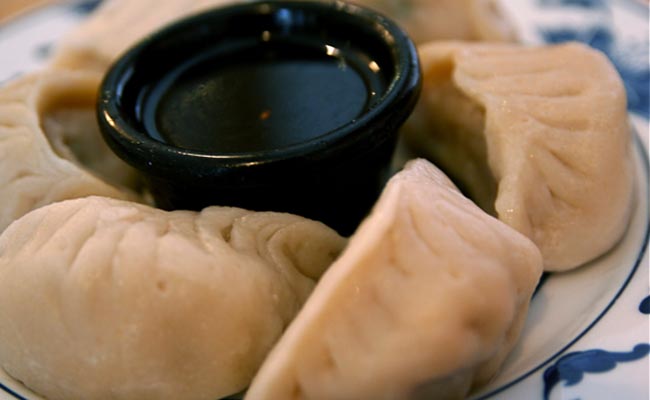
Sichuan – The Champ
“They [Sichuanese] pretty much only eat Sichuan food,” says Liu, adding that the chilies, peppercorns and spicy bean paste found in many dishes are addictive. “I love it all. It’s an acquired taste, but many acquired tastes have addictive qualities.” Liu, having recently moved to the region’s capital of Chengdu, observes that Sichuan cuisine is evolving to celebrate a new range of ingredients. “I’m seeing use of prime ingredients, like really choice cuts of beef,” says Liu. “They’re also a huge fan of fried rabbit with shilies.”

(Images courtesy Flickr users Stevendepolo’s Photostream, Mswine’s Photostream, Roboppy’s Photostream, Uyghur Turkistan’s Photostream, Herr_Bert’s Photostream)




